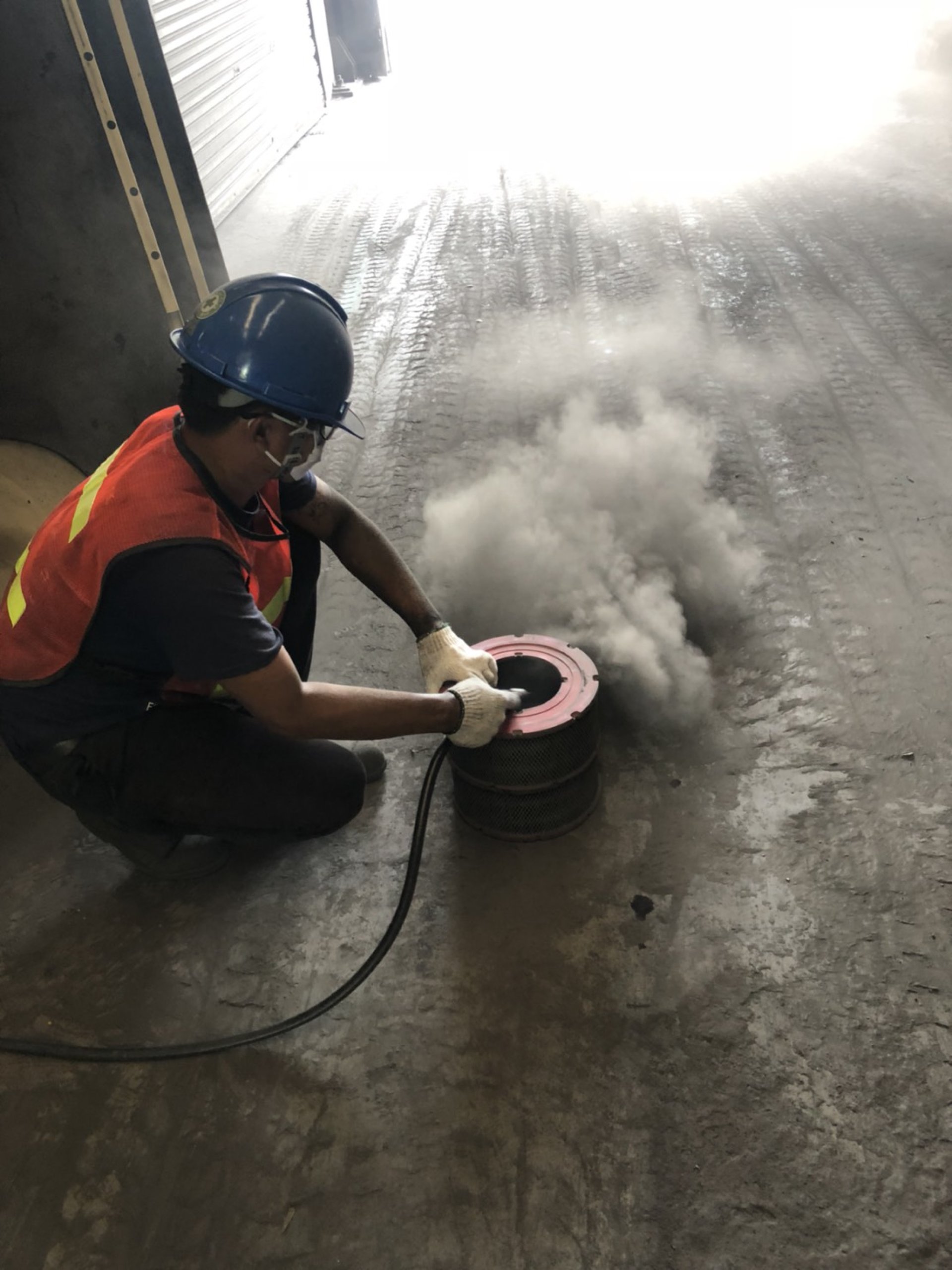ฝุ่นละอองส่งผลเสียต่อปั๊มลมอย่างไร?
Last updated: 23 Jul 2024
1023 Views

ฝุ่นละอองส่งผลเสียต่อปั๊มลมอย่างไร?
ฝุ่นละออง เป็นหนึ่งในสาเหตุหลักที่ทำให้ปั๊มลมมีปัญหา ส่งผลเสียต่อปั๊มลมได้ดังนี้
- การสึกหรอ: ฝุ่นละอองจะทำให้สกรู และชิ้นส่วนที่หมุนต่างๆ ของปั๊มลม เสื่อมสภาพเร็วขึ้น
- การกัดกร่อน: ฝุ่นละอองบางชนิดกัดกร่อนชิ้นส่วนโลหะของปั๊มลม
- ปัญหาทางไฟฟ้า: ฝุ่นละอองสะสมบนแผงวงจรและส่วนประกอบทางไฟฟ้าอื่นๆ ของปั๊มลม ทำให้เกิดการลัดวงจรหรือปัญหาอื่นๆ ทางไฟฟ้า
วิธีป้องกัน
- ติดตั้งตัวกรองอากาศและทำความสะอาด: กรองฝุ่นละอองออกจากอากาศก่อนเข้าสู่ปั๊มลม ส่วนใหญ่มีติดตั้งในตัวปั๊มลม เป็น Pre-Filter แต่ไม่ค่อยถูกทำความสะอาดและเปลี่ยน บางรายกรอบจนขาดหายไป บางครั้งอาจถูกดูดเข้ากระบวนการ Compression ของปั๊มลม
- ทำความสะอาดปั๊มลม: ทำความสะอาดปั๊มลมเป็นประจำ
- ตรวจสอบสภาพปั๊มลม: ตรวจสอบสภาพปั๊มลมเป็นประจำ Daily check, Weekly check, Monthly Check
- ทำความสะอาดห้องปั๊มลม และจัดการอากาศพลศาสตร์ในห้องปั๊มลม: จัดตารางทำความสะอาดห้องปั๊มลม และจัดวางปั๊มลมและห้องปั๊มลมในจุดที่ฝุ่นน้อย และมีการจัดการอากาศในห้องปั๊มลมอย่างถูกต้อง
Related Content


